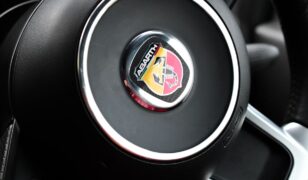The New And Improved Honda Passport
Borrowed From The Pilot To Make A Modern Passport
There are quite a lot of things that can be said of the Honda Passort. Well, we will try to keep it simple and to the point just as much as we can.
Originally applied to rebadge a Isuzu Rodeo in the 1990s, the Passport nameplate is now applied to a modified Pilot. This is a good name for a vehicle, suggesting a passport to adventure. And this can be an adventurous car if you like.
Under the hood is the a 280-hp 3.5-liter V-6 and nine-speed automatic transmission, just the same as in the Pilot. Front-wheel drive is standard; Honda’s all-wheel-drive system, dubbed i-VTM4 (Intelligent Variable Torque Management), is optional.
It features drive settings for Normal, Sand, Snow, and Mud, and is capable of directing torque using the brakes without the added cost, weight, or complexity of a torque-vectoring differential. For your adventurous efforts on off-road terrain, ground clearance is a whole 7.8 inches.

Furthermore, the Passport can tow 5000 pounds. It’s quick, too able to clock zero to 60 mph in 5.8 seconds.
On the inside, there are two rows of seats comfortable enough for five full grown adults. With the rear seat in use, there is 41 cubic feet of storage; folded, there is 78 cubic feet of room.
Base Passport Sport models use a smaller, non-touchscreen-based radio, while the optional system has an 8.0-inch touchscreen. All Passports get the Honda Sensing suite of driver-assistance features, a bundle that includes adaptive cruise control, automated emergency braking, forward-collision warning, and lane-departure warning with lane-keep steering assist.
Full-LED exterior lighting also is standard, along with push-button starting, keyless entry, three-zone climate control, and a 215-watt audio system with six speakers and a subwoofer.
Well, the Honda Passport is not entirely new but with all the loads of tech and more you will experience a firmly refreshed automotive.













